Learning & Movement – The Pencil Grip (warning sign #1)
Today, I proctored a state test for a group of five students who receive special education services. The photographs below show how they held their pencils. None of the pencil grasps demonstrated here match what the writing experts call “correct.” The tripod grip.
Writing must be tiring for these children.
As I circulated among their desks, I wondered if from their toddler years, every time they held a pencil or crayon, their parents and teachers ever thought that they were giving a signal that they needed help.
Pencil grip and learning?
You may be wondering, “What in the world is she thinking? What does one have to do with the other?”
A couple years ago, I worked in a pre-kindergarten school. It was always a pleasure interacting with those little ones.
One day, I walked into a classroom. The children were sitting or standing at their desks, coloring and being excited about learning. They were mostly 4-year-olds, with a sprinkling of 3-year-olds.
Have you noticed how eager kids are to show you their latest “masterpiece?” Oh how I wish that exuberance and passion for discovering and learning would continue until high school graduation. But I digress…back to my topic.
As I looked around, I noticed that they held their crayons with a variety of grips. I thought, “We’re halfway through the school year. Why aren’t these children holding their crayons correctly?” WhenI looked into the matter, I found out that the child’s control of the pencil or crayon in the hand is dependent on the development of the shoulder and arm muscles. It changes based on their developmental progress.
“Hmmm,” I reflected, “so the crawling and climbing and pushing that children delight in doing are all preparing them for holding a pencil correctly to write?”
“Wow!”
Who’d have thought that?
That was new to me. But it made sense.
The same processes necessary for accurate speech production are needed for correct pencil grip – muscle tonicity, stabilization and mobilization. Without them, writing becomes laborious, tiresome, and sometimes, even painful.
Get this…the biomedical experts tell us that the brain stem controls movement. Reading, writing, spelling and speech functions are also controlled by the brain stem. In fact, they go as far as saying that there is a high correlation between learning difficulties and fine motor control.
Translation? Pencil grasp and handwriting hold neurological importance.
If you have a child who is having significant trouble holding a pencil with the tripod grip, don’t let all this information discourage you. There is hope and help for the weird pencil graspers in our homes, especially if the intervention is started before the child turns 8 years.
One way to help your child develop fine motor skills is to have him engage in cutting paper for craft or other projects.
Why don’t you go ahead and check your pencil grip, now? Then check how your children hold their pencils. Actually, if you are an over-achiever, you can become a “pencil-grasp checker.” Ask questions. You may end up with some interesting stories. When you do, come back and share them here.

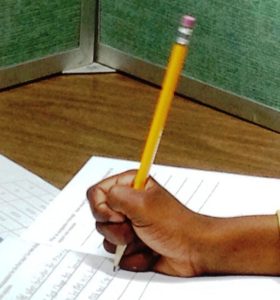
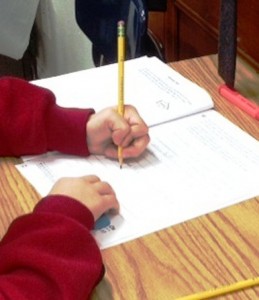
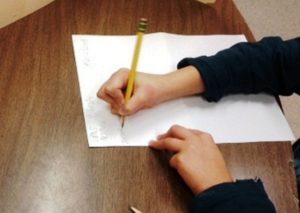
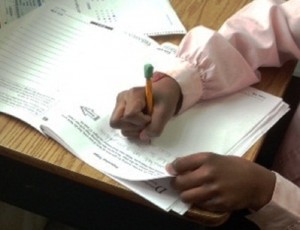
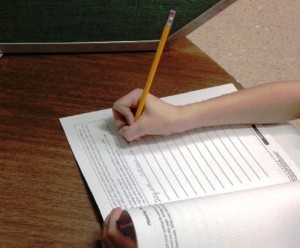

I like your suggestion to have children work on fine motor skills by using scissors in crafts. I have a nephew with dysgraphia, and it is painful to watch him try to write. He loves to read, and has a fabulous vocabulary, but the physical act of writing is difficult for him. Luckily, he can use a computer, which makes a huge difference.
I’m sorry to hear about your nephew, Maura. It’s a great idea to have him use the computer. Have his parents tried voice-activated computer software? That’s one step further that having to keyboard. Or, have they could asked his teacher for permission for him to tape record his notes or provide him with the already-written notes. It’s always a good idea to teach children through their strengths and help them to manage their weakness. Thanks for your thoughtful comment.